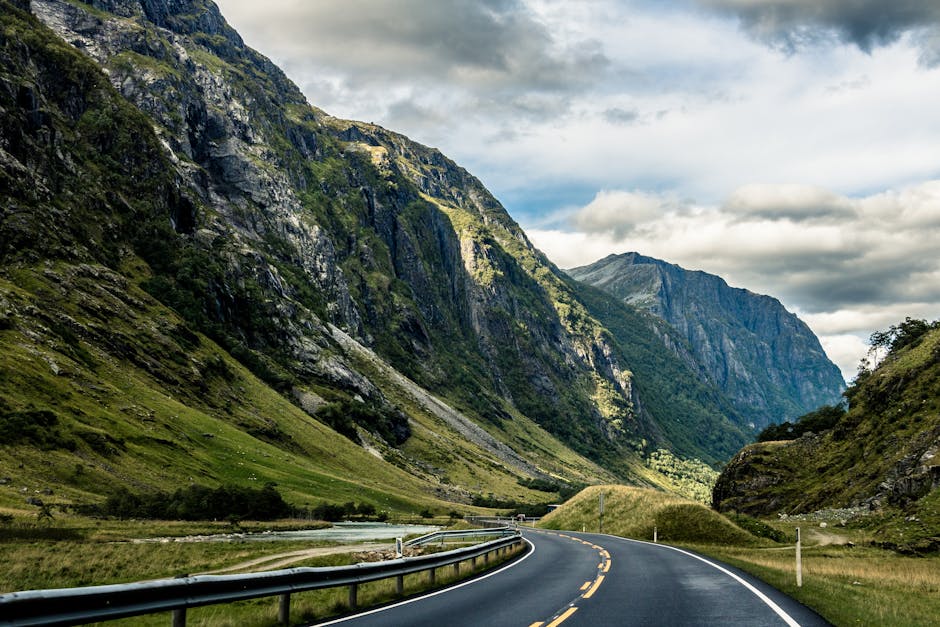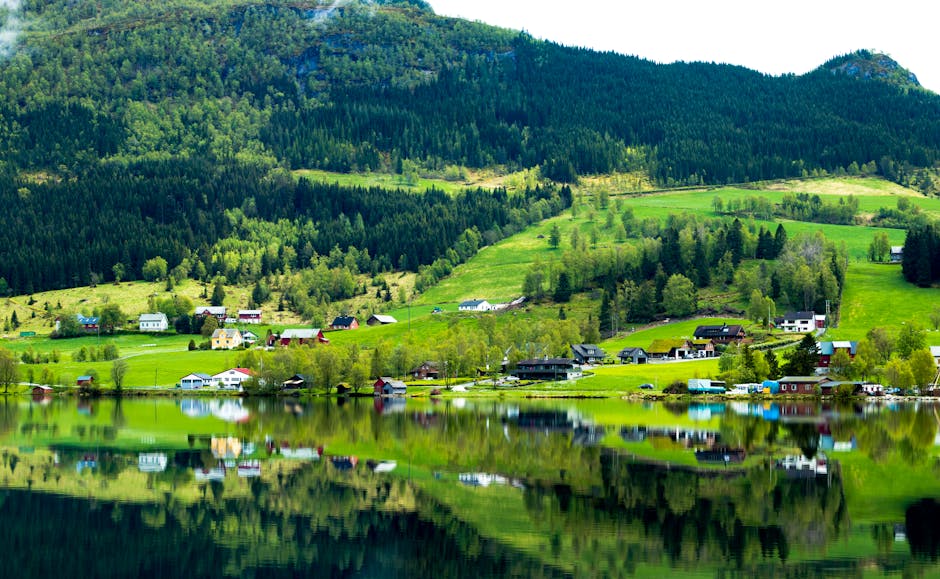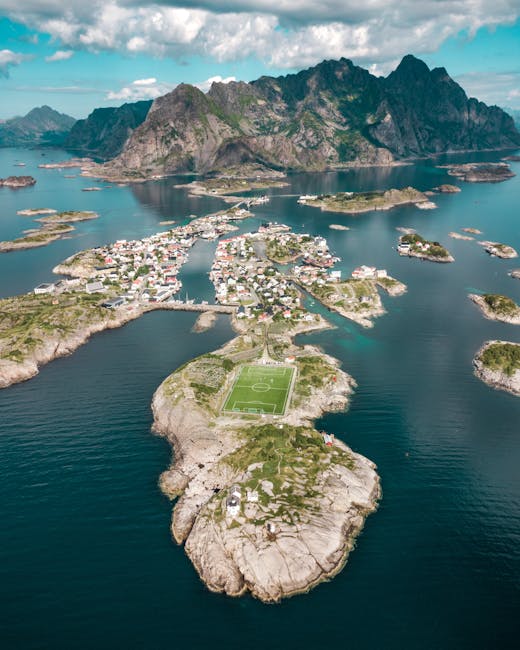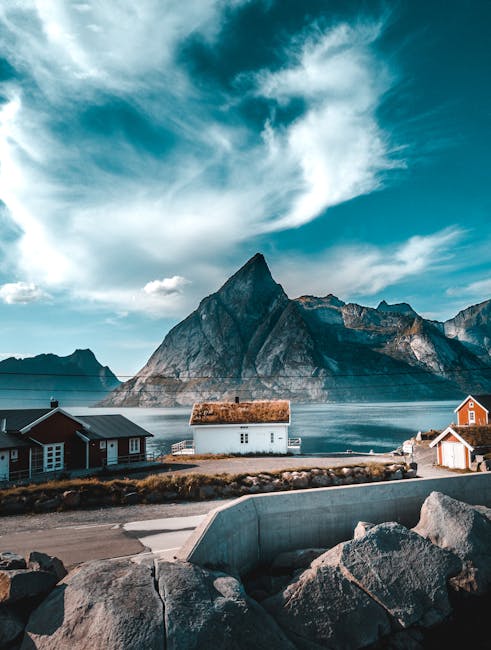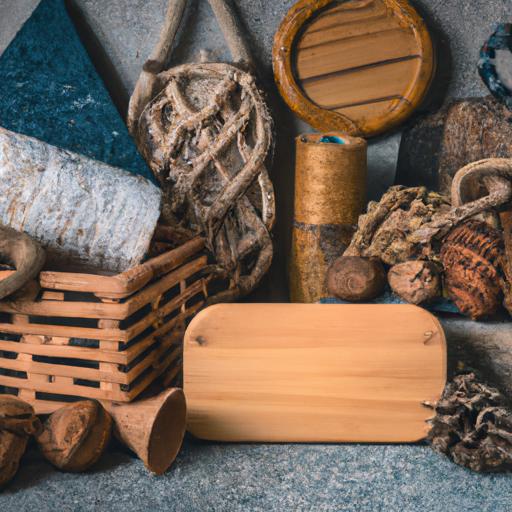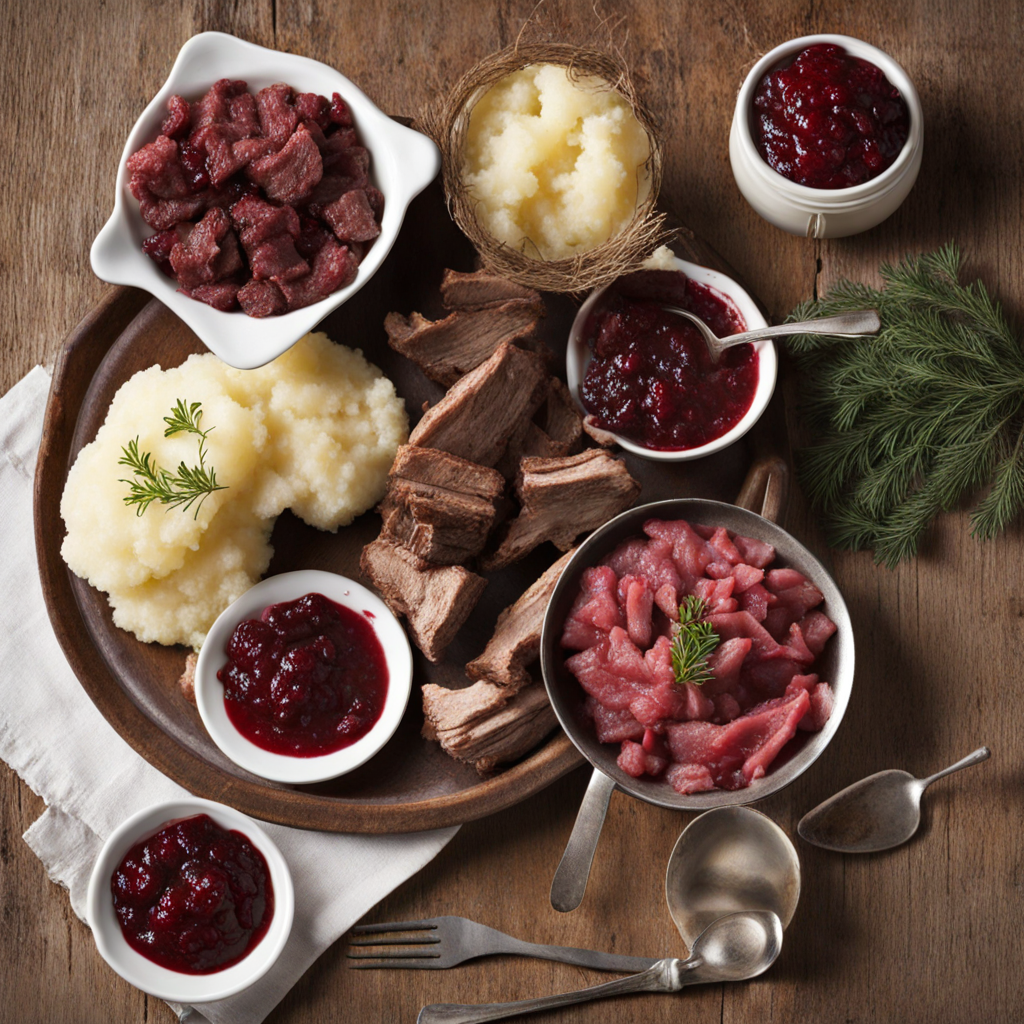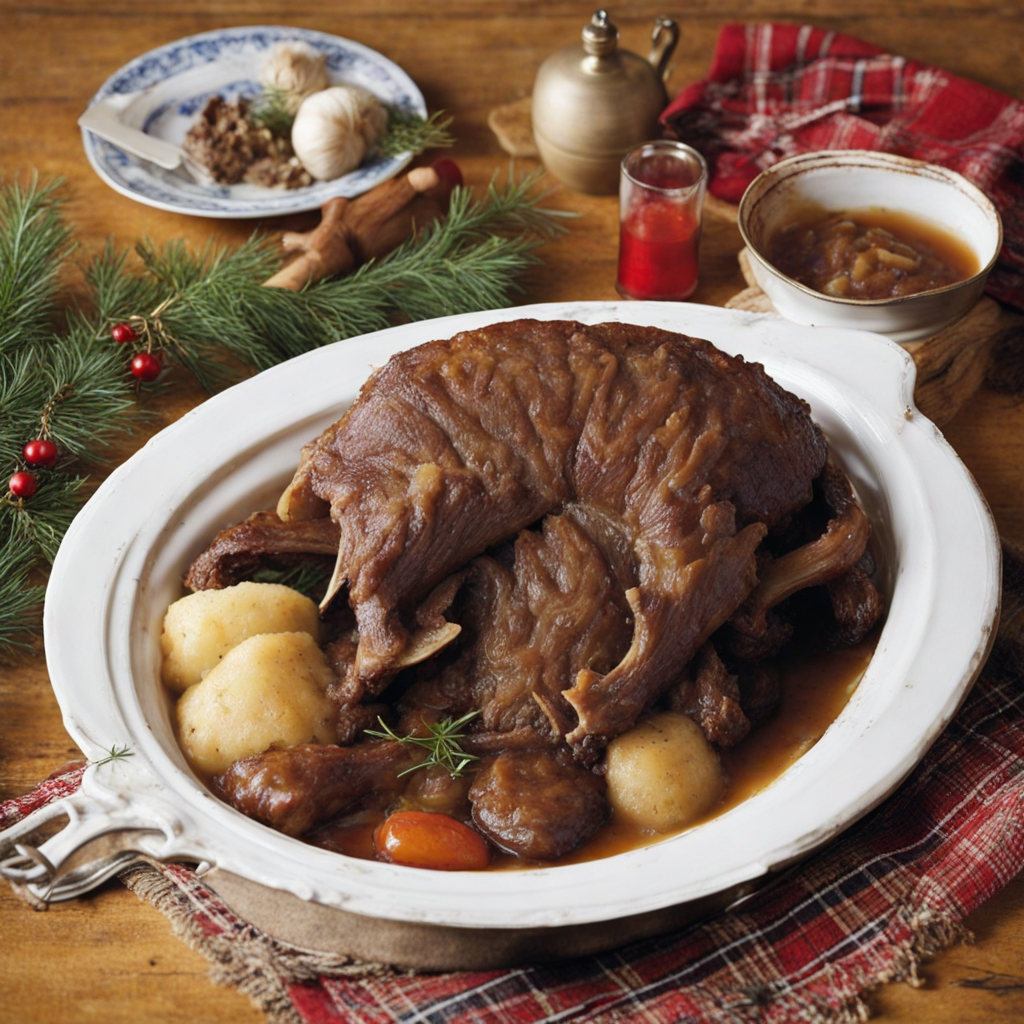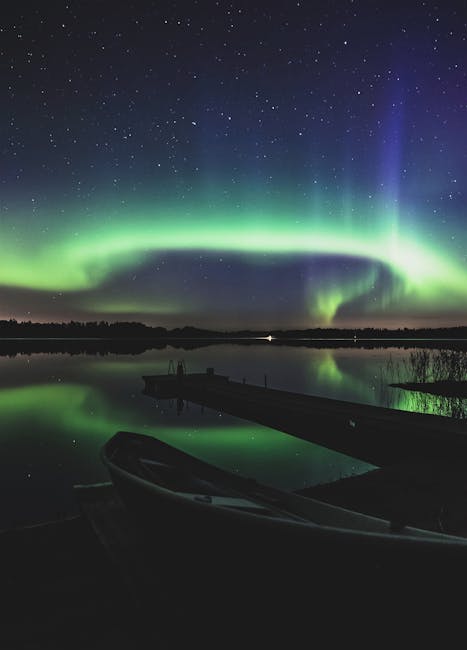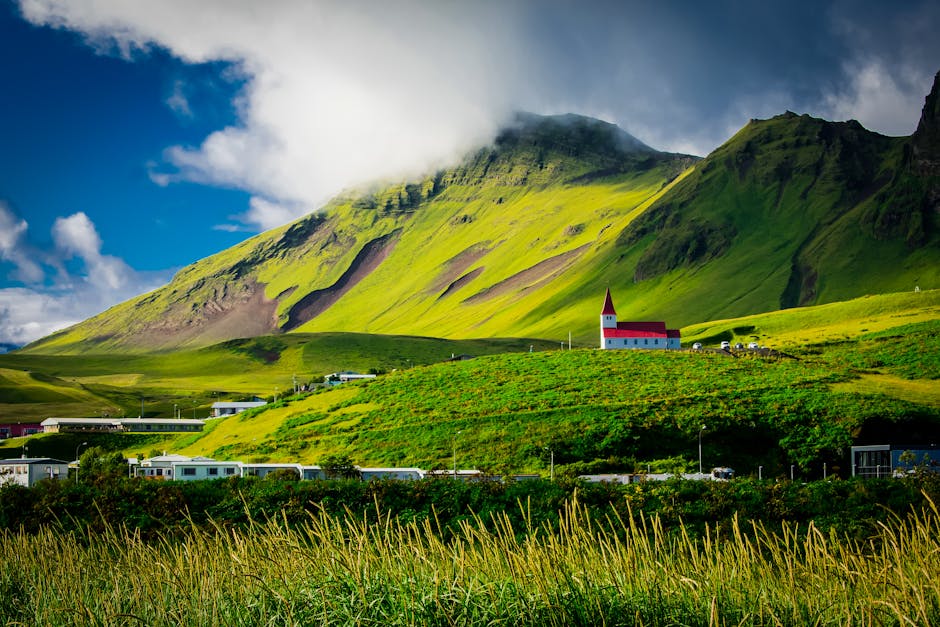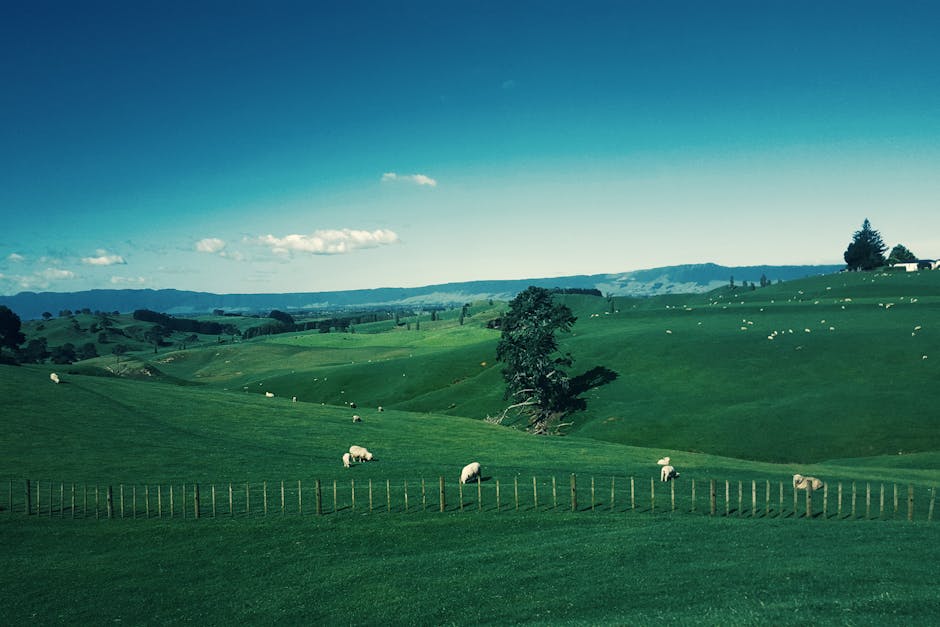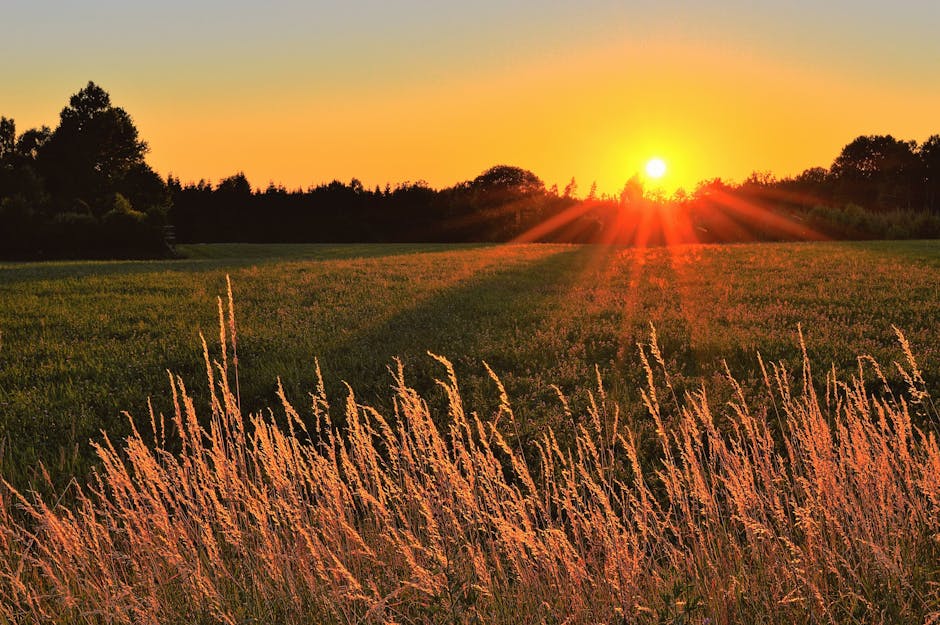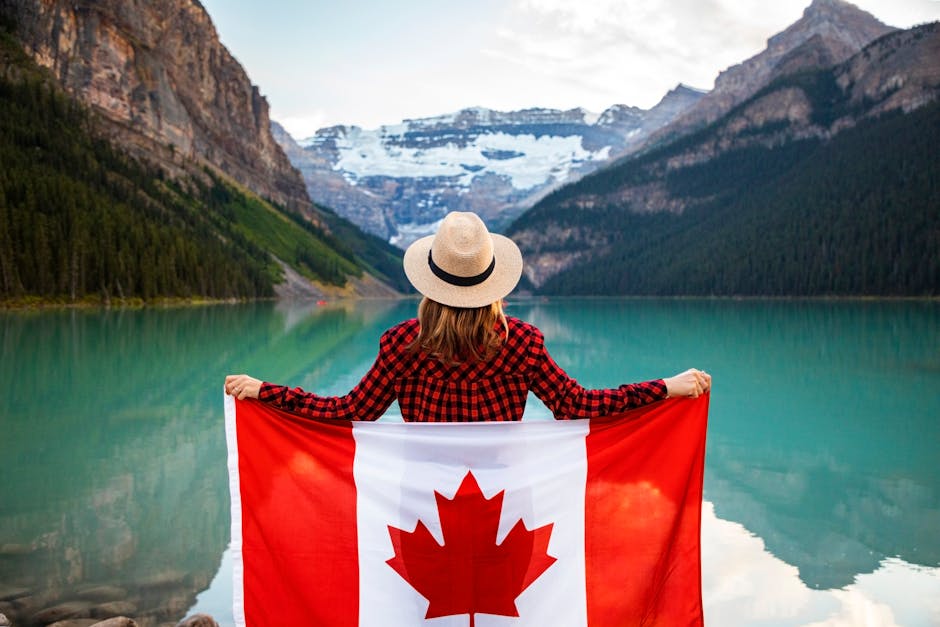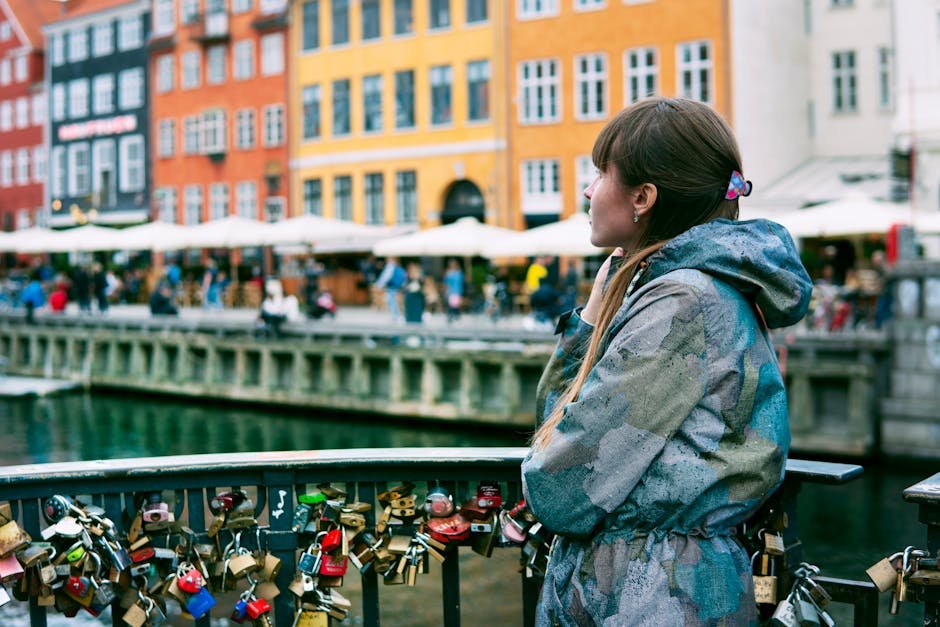Norway
Overview
Norway, known for its breath-taking fjords, spectacular Northern Lights, and vibrant Viking history, is a fascinating destination nestled in the northern part of Europe. Its landscape is a mesmerizing blend of scenic mountains, glaciers, and deep coastal fjords. The culture of Norway is rooted in Norwegians' close relationship with the unspoiled wilderness, which is weaved into their traditions, literature, and arts. The country is unique due to its midnight sun phenomenon in summer where certain parts enjoy 24 hours of daylight, and the mesmerizing Northern Lights or Aurora Borealis visible during winter nights in the northern regions.
The high season for tourism in Norway is during the summer months, from June to August. This is when the weather is at its mildest and most predictable, with temperatures ranging from 13°C to 25°C, perfect for exploring the outdoors. Activities are abundant, from hiking and cycling in the national parks to fishing and kayaking in the fjords. For culture enthusiasts, summer is the best time to explore the country's historical sites such as the Viking Ship Museum or the UNESCO-listed Bryggen wharf in Bergen. The famous Midnight Sun can be experienced in the northern parts, adding a unique twist to your summer adventures.
Before visiting Norway, travelers need to prepare a few things. It's essential to have valid travel insurance and keep emergency contact numbers handy. Norway is part of the Schengen agreement, so depending on your nationality, you might need a Schengen visa. Weather can change quickly, especially in the mountains and along the coast, so packing layered clothing is a good idea. Don't forget a good quality rain jacket. English is widely spoken, but learning a few local phrases can enhance your experience. Finally, familiarize yourself with the local customs and etiquette to ensure a respectful and enjoyable visit. Norway, with its stunning nature and friendly locals, promises an unforgettable adventure for those who are well-prepared.
A Glimpse into the Past
Norway's history is a tapestry woven with threads of Viking exploration, unification under kings, and the formation of a modern state. Understanding this history can greatly enhance your travel experience, providing context to the stunning landscapes, vibrant cities, and rich cultural heritage you will encounter.
The Viking Age (circa 793-1066) marks one of the most exciting periods in Norwegian history. Vikings from Norway set sail across the North Atlantic, reaching as far as North America and the Mediterranean. Travelers can explore sites like Avaldsnes, often referred to as Norway's "Viking Capital," where the Nordvegen History Centre showcases Viking heritage. Another significant site is the Lofotr Viking Museum in the Lofoten Islands, which features a reconstructed longhouse and offers insights into the daily lives of these seafaring warriors.
As the Viking Age waned, Norway underwent significant changes. In the 11th century, King Harald Hardrada attempted to unite the country under a single crown. Despite his efforts, it wasn't until the 1220s that Norway emerged as a unified kingdom. This era is represented by the Nidaros Cathedral in Trondheim, the northernmost medieval cathedral in the world, which became the spiritual center of Norway. The city itself, once the capital, is rich in history, as visitors can explore its medieval streets and the iconic wooden houses.
The Kalmar Union (1397-1523) was a significant political alliance between Norway, Denmark, and Sweden, aimed at countering the influence of the Hanseatic League. Although it promised unity, it often led to conflicts and struggles for power. Travelers can visit Oslo, which was known as Christiania during the union, and see the remnants of this era in the Akershus Fortress, a medieval castle that offers panoramic views of the city and fjord.
The Reformation in the 16th century brought about profound changes, as Norway transitioned from Catholicism to Lutheranism. This shift is evident in the architecture and art found throughout the country. The Oslo Cathedral and Bergen Cathedral are prime examples of Protestant influence in Norway's religious landscape. Bergen itself, once a major trading hub in the Hanseatic League, is now a UNESCO World Heritage site, known for its colorful wooden houses in the historic Bryggen area.
In the 19th century, Norway began to assert its independence, particularly during the Napoleonic Wars when Denmark-Norway was forced to cede Norway to Sweden in the 1814 Treaty of Kiel. This led to the establishment of a constitutional monarchy. The Eidsvoll site, where the Norwegian Constitution was signed, is a must-visit for history enthusiasts. The building has been preserved, and the surrounding area offers beautiful parklands for leisurely walks.
The late 19th and early 20th centuries saw a burgeoning sense of national identity, with movements in art, literature, and music reflecting Norway's distinct culture. The National Gallery in Oslo houses works by famous Norwegian artists such as Edvard Munch, whose iconic painting "The Scream" is a highlight. Visitors can also explore Henrik Ibsen's legacy at the Ibsen Museum, which celebrates the playwright's contributions to drama and literature.
Norway gained full independence from Sweden in 1905, marking a pivotal moment in its history. The peaceful dissolution of the union was celebrated with great national pride, and travelers can visit the Royal Palace in Oslo, which has been the official residence of the Norwegian monarchs since then. The palace grounds, open to the public, offer a glimpse into Norway's royal heritage.
The World Wars had a significant impact on Norway, particularly during World War II when it was occupied by Nazi Germany from 1940 to 1945. The Norwegian Resistance Museum in Oslo provides a poignant look at the struggle for freedom during this dark period. The resilience of the Norwegian people is evident in their post-war recovery, leading to a prosperous welfare state and a commitment to social equality.
Today, Norway is known for its stunning natural landscapes, from the fjords of the west coast to the Northern Lights visible in the north. The Geirangerfjord and Nærøyfjord, both UNESCO World Heritage sites, are breathtaking destinations where you can experience the majesty of nature, often referred to as the "jewels of the fjords."
The modern cities of Norway, especially Oslo, Bergen, and Stavanger, reflect a blend of contemporary design and historical architecture. Oslo, with its vibrant cultural scene, boasts attractions such as the Vigeland Park, showcasing the works of sculptor Gustav Vigeland, and the Oslo Opera House, renowned for its striking modern architecture.
Bergen, often called the "Gateway to the Fjords," is famous for its Bryggen Wharf, a UNESCO World Heritage site that captures the essence of Norway's trading past. The city also serves as a great base for exploring nearby fjords, such as the Sognefjord, the longest and deepest fjord in the country.
In the north, visitors can experience the unique culture of the Sami people, the indigenous inhabitants of Norway, through visits to places like Kautokeino and Karasjok. Here, you can learn about their traditional lifestyles, reindeer herding, and vibrant handicrafts, providing a deeper understanding of Norway's diverse cultural heritage.
Norway's commitment to environmental sustainability is also noteworthy. The country is at the forefront of renewable energy initiatives, and its efforts to preserve the stunning natural landscapes are evident in the comprehensive national park system. Travelers can explore parks like Jotunheimen and Hardangervidda, offering breathtaking hiking trails and opportunities for wildlife watching.
In conclusion, Norway's rich history and cultural heritage are interwoven with its stunning landscapes, making it a unique travel destination. From the Viking explorations and medieval kingdoms to modern advancements and commitment to sustainability, Norway offers a compelling narrative that enhances the travel experience. Each region of the country tells its own story, inviting travelers to immerse themselves in the past while enjoying the beauty of the present.
Top cities for tourists in Norway
Discover the Famous Cities That Might Captivate Your Interests
Must-Try Foods You Can't Afford to Miss
Indulge in a Variety of Fantastic Foods During Your Stay in Norway
May Be Your Next Destinations
People often choose these countries as their next destination


